EV Range High Anxiety: Normal Driving May Cut Range In Half

Would you set out for a drive with your low fuel light on, knowing there was no place to buy gas? That’s the painful reality many EV drivers are going to be faced with every morning after unplugging their fully-charged battery and heading out on the road. Most conventional cars have about 50 to 60 miles left after the gauge hits empty, plenty of time to find a gas station. But according to a Consumer Reports test of a Mitsubishi i-MIEV, the stated range of 100 miles with a full battery is more like 60 or 50 under typical conditions, if you consider using lights at night, indulging in heat or A/C, or driving at 65 mph typical. I do. And so will most drivers. Disappointment with their $40k electric mini-car is inevitable. Just don’t say Darryl Siry or I didn’t warn you:
I wrote about the potentially misleading and confusing issue of EV range here, and former Tesla exec Darryl Siry has gone public with his concerns of EV makers’ unrealistic claims here, and more specifically, he took Nissan’s 100 mile claim for the Leaf to task here. The problem is well understood by EVers, but not at all so well by the public. Here’s the sixty second capsule version explanation:
IC engines operate at very low efficiency levels, from effectively zero% at a stop light, to maybe in the teens or low twenties at high speeds. We’re used to getting better mileage (range) on the freeway than in the city. But the amount of actual energy required to propel the car is much higher at speed; this is masked by the improved efficiency of the gas engine at those higher speeds.
An electric motor operates at close to 90% efficiency pretty much all the time, so there is essentially a direct correlation to the energy required to move the car, and the mileage (range). And since EV’s use no energy at a standstill (if the heat, lights and radio are off, as in the tests), city driving patterns are dramatically more favorable to EVs.
That explains why EV makers like Nissan and Mitsubishi are using the EPA City”, or “UDDS” driving cycle. This test cycle assumes an average driving speed of 19.59 mph and in the 22 minute driving cycle, it assumes you only break 40 mph once, for about 100 seconds, and never exceed about 58 mph. Not exactly a typical commute from the ‘burbs.
If the EV manufacturers used the US06 driving cycle, which more closely resembles typical US driving patterns, the projected range would be significantly less. But that wouldn’t look good in all the PR and ads. We’ve said it before and we’ll say it again: EVs potentially make great city cars. But head out on the highway, and you’ll be looking for an adventure all too soon.

More by Paul Niedermeyer
Latest Car Reviews
Read moreLatest Product Reviews
Read moreRecent Comments
- Laflamcs My wife got a new 500 Turbo in 2015. Black exterior with an incredible red leather interior and a stick! The glass sunroof was epic and it was just about the whole roof that seemed to roll back. Anyway, that little bugger was an absolute blast to drive. Loved being run hard and shifted fast. Despite its small exterior dimensions, one could pile a lot into it. She remember stocking up at COSTCO one time when a passerby in the parking lot looked at her full cart and asked "Will it all fit?" It did. We had wonderful times with that car and many travels. It was reliable in the years we owned it and had TONS of character lacking in most "sporty" car. Loved the Italian handling, steering, and shift action. We had to trade it in after our daughter came along in 2018 (too small for 3 vacationers). She traded it in for a Jeep Renegade Latitude 6 speed, in which we can still feel a bit of that Italian heritage in the aforementioned driving qualities. IIRC, the engine in this Abarth is the same as in our Renegade. We still talk about that little 500..........
- Rochester If I could actually afford an Aston Martin, I would absolutely consider living in an Aston themed condo.
- Redapple2 I ve slept on it. I would take one on a 3 yr lease for $199/mo- ($1000 down total). Evil gm Vampire gave me this deal in 2012.
- 3SpeedAutomatic Would prefer a non-turbo with a stick shift. That would be more fun to drive!!🚗🚗🚗Also, I could teach my nieces and nephews to drive a standard. You'd be surprised how many folks can't handle a stick shift today. Yet, in Europe, most rental cars come with a stick unless you specify otherwise.
- Jeffrey Henry Ford said about innovation, “ If I had asked my customers what they wanted, then they would have said a faster horse." Change is inevitable!!!https://www.wri.org/insights/countries-adopting-electric-vehicles-fastest#:~:text=Currently%2C%2016%20countries%2C%20including%20Canada,create%20and%20enforce%20such%20policies.



















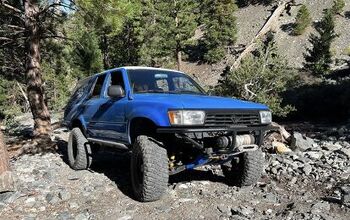
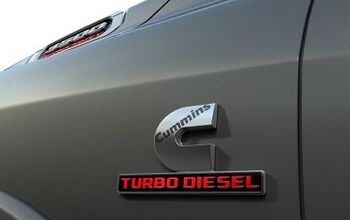
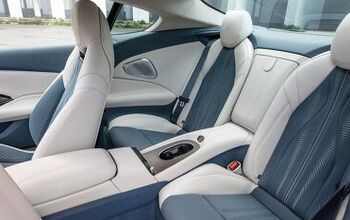
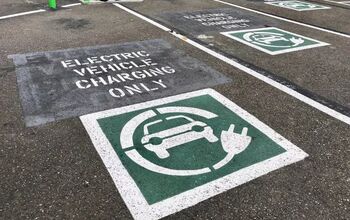
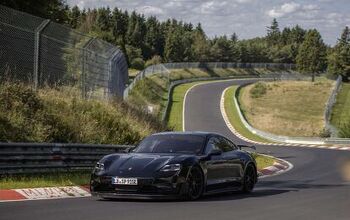
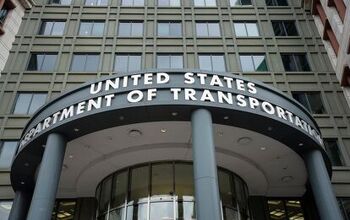

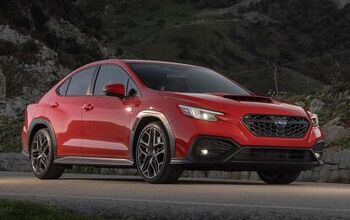
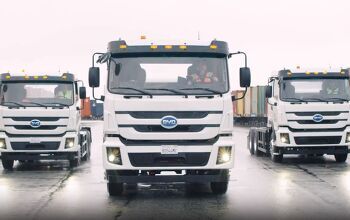

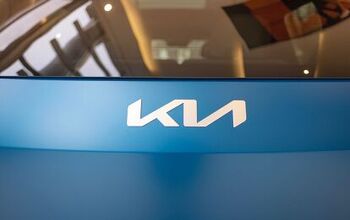
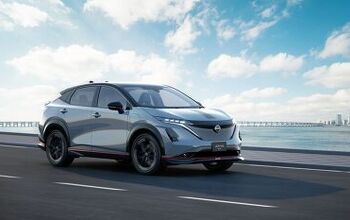
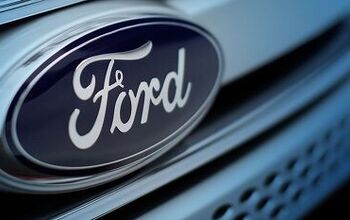

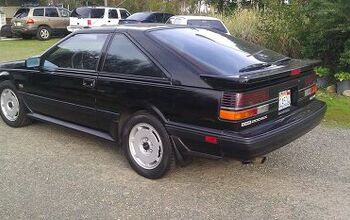
Comments
Join the conversation
I'm a firm believer (despite my often skepticism) that EV's are the cars of the future. However, they are nowhere near ready (or needed) now. I always hear the average commute is 40 miles stat bandied about, and I'll accept that as fact. However, I would venture to guess that most people need to get groceries and pick up the kids from school a couple of times a week, nevermind regularly taking the kids to sports practice or going out to dinner, etc. A 70 mile range would not be feasible for such people. Will they exist as a niche vehicle for those rich enough to afford an impractical but likely not very fun second car? Sure. But we'll need another breakthrough before they are adopted on a wide scale.
Well put, Robert.